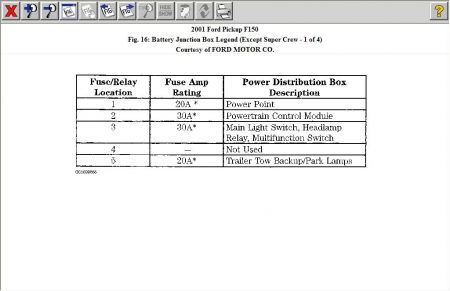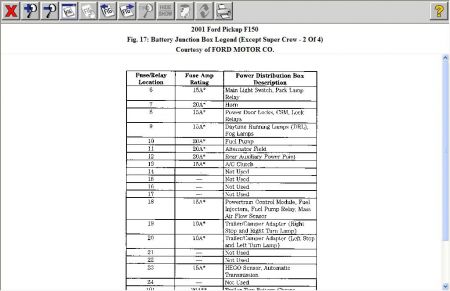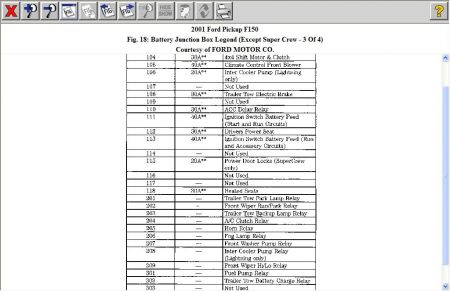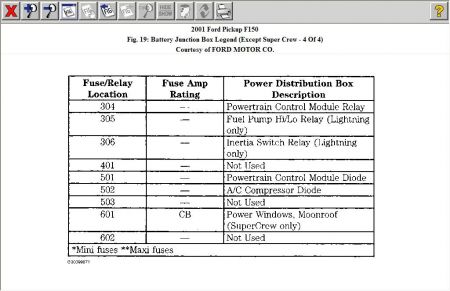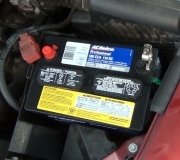Drain test below
This guide can help as well
https://www.2carpros.com/articles/car-battery-dead-overnight
NOTE: No production vehicle should have more than a 50 mA (0.050 amp) continuous draw.
Check for current drains on the battery in excess of 50 milliamps (0.050 amp) with all the electrical accessories off and the vehicle at rest. Current drains can be tested with the following procedure:
WARNING: DO NOT ATTEMPT THIS TEST ON A LEAD-ACID BATTERY THAT HAS RECENTLY BEEN RECHARGED. EXPLOSIVE GASES CAN CAUSE PERSONAL INJURY.
CAUTION: To prevent damage to the meter, do not crank the engine or operate accessories that draw more than 10A.
NOTE:
Many modules draw 10 mA (0.010 amp) or more continuously.
Use an in-line ammeter between the battery positive or negative post and its respective cable.
Typically, a drain of approximately one amp can be attributed to an engine compartment lamp, glove compartment lamp, or luggage compartment lamp staying on continually. Other component failures or wiring shorts may be located by selectively pulling fuses to pinpoint the location of the current drain. When the current drain is found, the meter reading will fall to an acceptable level. If the drain is still not located after checking all the fuses, it may be due to the generator.
To accurately test the drain on a battery, an in-line digital ammeter must be used. Use of a test lamp or voltmeter is not an accurate method due to the number of electronic modules.
1. Make sure the junction box/fuse panels are accessible without turning on interior and underhood lights.
2. Drive the vehicle at least five minutes and over 48 km/h (30 mph) to turn on and exercise vehicle systems.
3. Allow the vehicle to sit with the key off for at least 40 minutes to allow modules to time out/power down.
4. Connect a fused jumper wire between the negative battery cable and the negative battery post to prevent modules from resetting and to catch capacitive drains.
5. Disconnect the negative battery cable from the post without breaking the connection of the jumper wire.
6. Connect the tester between negative battery cable and the post. The meter must be capable of reading milliamps and should have a 10 amp capability.
NOTE: It is very important that continuity is not broken between the battery and the negative battery cable when connecting the meter. If this happens, the entire procedure must be repeated.
7. Remove the jumper wire.
NOTE: If the meter settings need to be switched or the test leads need to be moved to another jack, the jumper wire must be reinstalled to avoid breaking continuity.
NOTE:
Amperage draw will vary from vehicle to vehicle depending on the equipment package. Compare to a comparable vehicle for reference.
No production vehicle should have more than a 50 mA (0.050 amp) draw.
8. If the draw is found to be excessive, pull fuses from the battery/central junction box one at a time and note the current drop. Do not reinstall the fuses until you are finished testing.
9. Check the wiring schematic in the wiring diagram for any circuits that run from the battery without passing through the battery/central junction box. Disconnect these circuits if the draw is still excessive.
Sunday, December 28th, 2008 AT 12:25 PM
